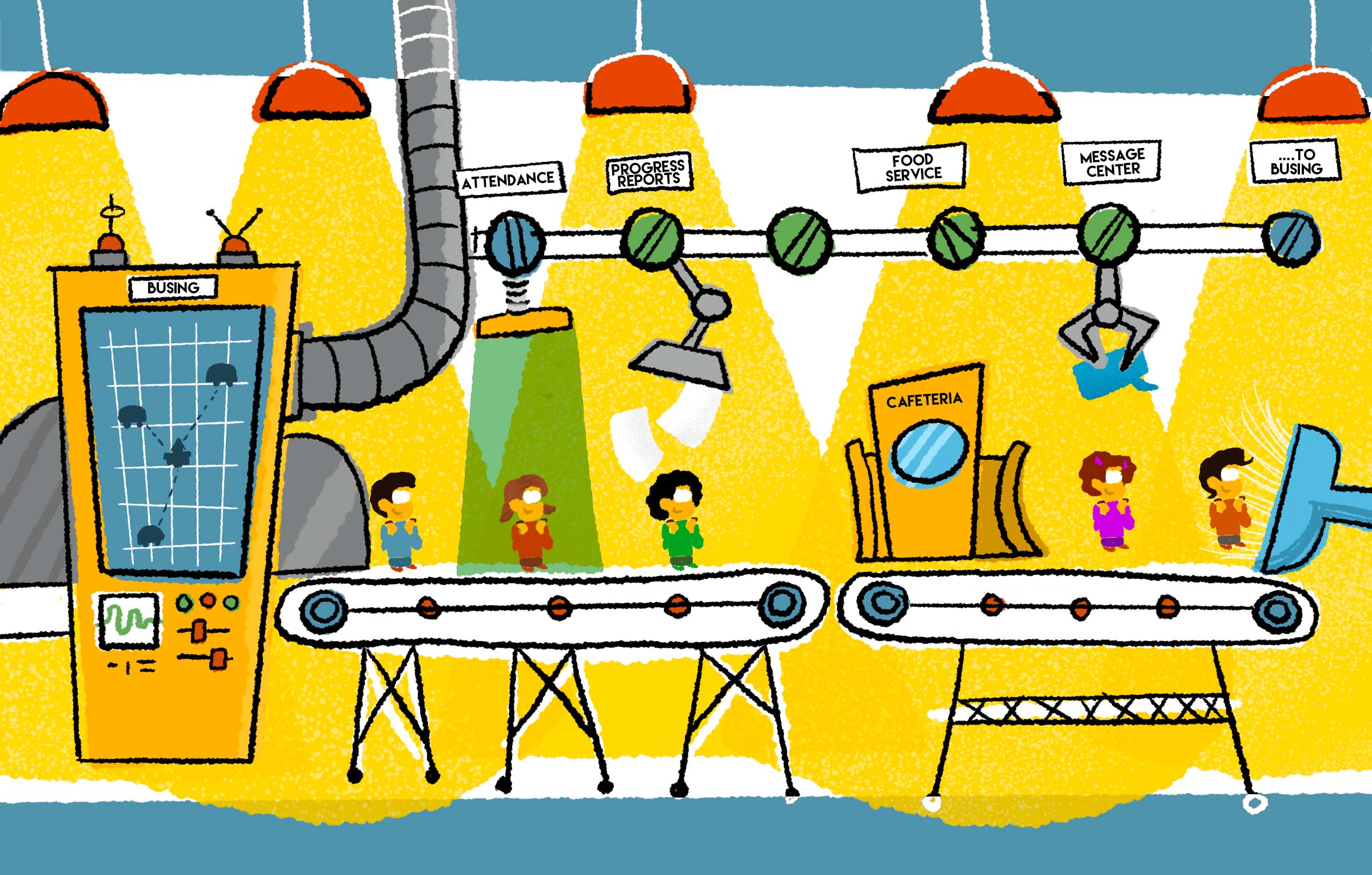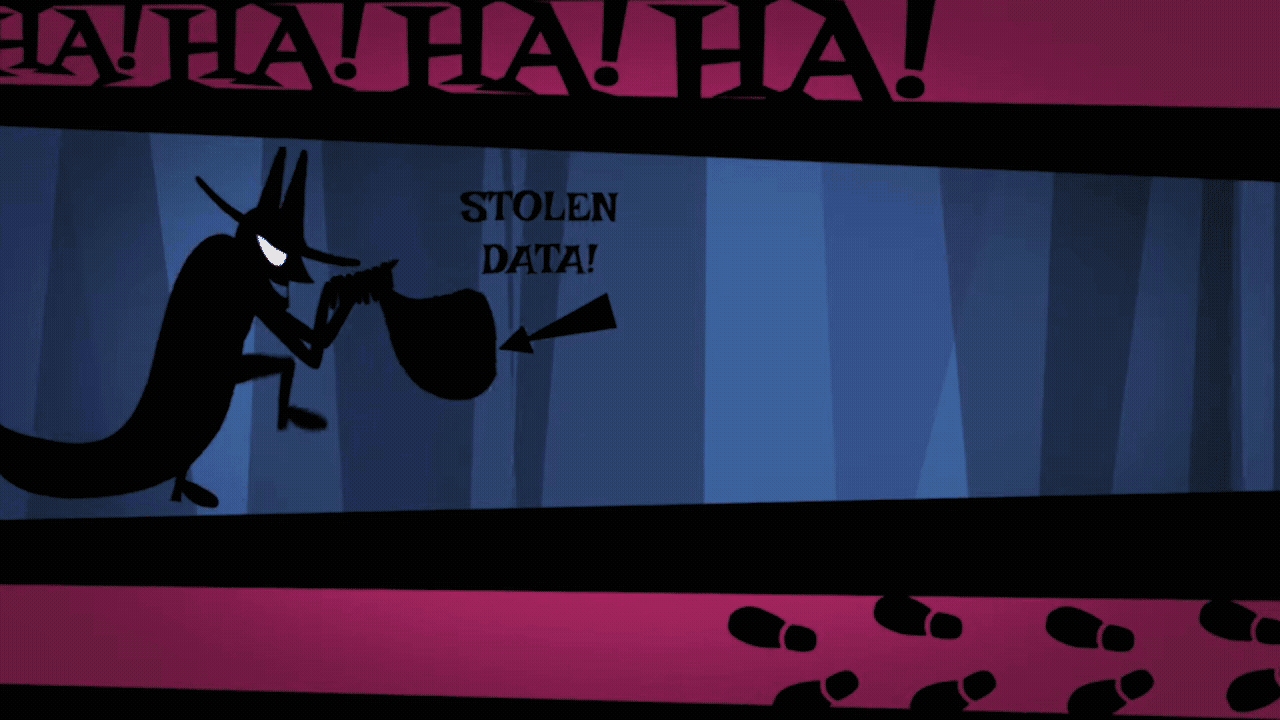
A school is not an assembly line, and teachers and staff are not robotic welders. That’s pretty clear. However, it’s also become clear that automation does have a role to play in education, and the enterprise resource planning (ERP) platform is the catalyst for making automation real and effective.
The ERP is actually the ideal platform for driving effective, sensible process automation within a district because that’s how an ERP works best. You want your ERP to save time and resources by streamlining processes across your district.
Process identification
How do you identify those processes? Apply these simple tests:- Is it recurring—and does it recur in essentially the same manner each time?
- Is it transactional?
- Does it require multiple entries of the same data?
- Does it pose a significant risk of fraud, error, or security breaches?
- Does it cross departments?
- Does it generate significant amounts of paper that have to be collected and filed?
- Are you already capturing the data through the ERP platform, the student information system, or some other system?
- Is it something that the ERP or the SIS could automate, but hasn’t yet?
- Is it a drain on resources?
An automation-ready process doesn’t have to check all these boxes, but the more boxes it checks, the better—and the better it will be for employees who don’t have to do that job anymore.
Now, how about some processes that should not be automated? Ask yourself:
- Does it directly involve kids?
- Does it require a high degree of judgment or interpretation?
- Is it built around creating or fostering personal relationships?
- Does it improve organizational culture?
- Is it a source of significant pride or accomplishment for the people involved?
From identification to action
Suppose you’ve identified some tasks that could be automated—now what?First, look at the capabilities of your SIS and your ERP versus the task you want to automate. Do the capabilities fit the task, or does the task require customizations or add-ons? If that’s the case, you may want to consider the costs and benefits of automation. (This is also a good reason to choose SIS and ERP platforms that can easily scale with you, without the need to continually buy expansion modules or perform expensive tear-downs.)
If your systems are up to the task, then consider the scope of human involvement at either end of the process, to ensure that the right data is going in and the right output is being generated.
You don’t hear “garbage in, garbage out” as often as you used to in regard to data-management and process-automation platforms, but they’re still words to live by. Building a process on bad data is a recipe for disaster.
Once you’ve determined your systems can handle automation and you have people stationed at either end of the process, it’s time to start automating.
Simple automations may not need a project manager, but more complex process changes can really benefit from having someone running point who asks the right questions in all the various languages spoken throughout your district.
Can you speak IT, accounting, or HR? If you can’t, you need someone in charge of the project who can. Once you’ve worked with a really good project manager, you’ll never go back.
Automation + the human element
Personnel changes are perfect examples of how an automated process relies on the human element. The automation comes in the processing of paperwork—enrollment forms, background checks, and the like. But the job interview has to be person-to-person, as does much of the onboarding.This applies on the student side as well, with the management of students entering or leaving the district, especially when they enter at a level that isn’t K or pre-K or leave before grade 12.
In terms of curriculum, an ERP used in conjunction with an SIS can automate the task of collecting and disseminating lesson plans, but the teacher ultimately designs the plan on one end and carries it out on the other.
An automated process truly comes to life when it acknowledges the appropriate times and scale for human interaction, in alignment with your district’s culture and resources.
“Automation” is another one of those scary buzzwords, like “machine learning” or “artificial intelligence,” but let’s put it in perspective. Twenty-five years ago, people were scared of Excel. Thirty-five years ago, people were scared of computers. Progress is evolutionary, and there will always be something for us to be scared of … or embrace.
Time will judge us by the behaviors we choose. Given that, choosing automation where it’s appropriate seems like the way to go.
WHAT'S NEXT FOR YOUR EDTECH? The right combo of tools & support retains staff and serves students better. We'd love to help. Visit skyward.com/get-started to learn more.

|
Erin Werra Blogger, Researcher, and Edvocate |
Erin Werra is a content writer and strategist at Skyward’s Advancing K12 blog. Her writing about K12 edtech, data, security, social-emotional learning, and leadership has appeared in THE Journal, District Administration, eSchool News, and more. She enjoys puzzling over details to make K12 edtech info accessible for all. Outside of edtech, she’s waxing poetic about motherhood, personality traits, and self-growth.




